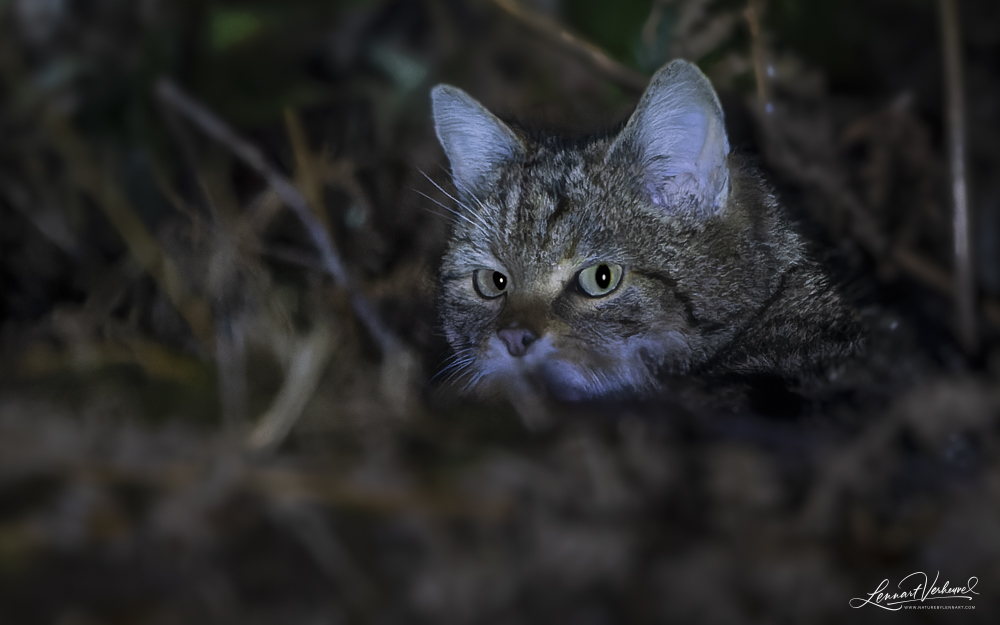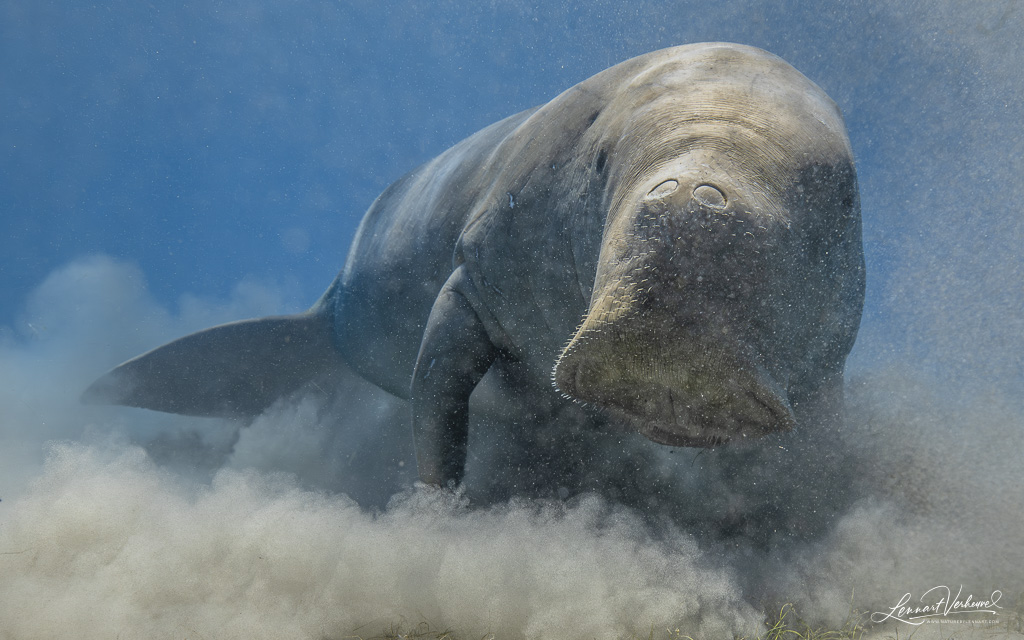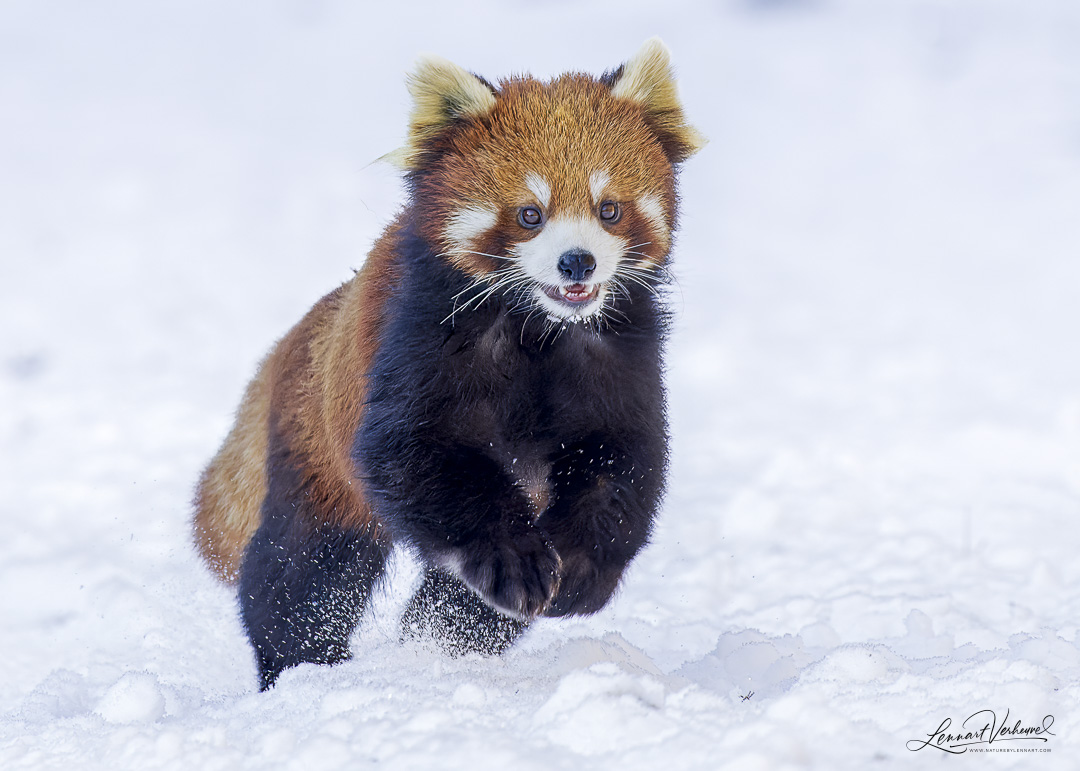- info@naturebylennart.com


For several years now, I’ve had the habit of publishing a selection of photos with my highlights of the year on my personal Facebook page at the end of the year. This year, I also started publishing more of the photos I took in the Netherlands on my website. That started with the Spectacled Eider on Texel in January, and my first monthly overview covered May 2025. Recently, I also published an overview of autumn 2025. It seemed nice to also publish a full year overview here now. For readers who are not familiar with the Netherlands: the places I write about are located in the Netherlands unless stated otherwise.

The last place I’ll be writing a separate report about is Murchison Falls National Park. Uganda offers the best of both worlds with excellent rainforest and also excellent savanna where the more typical African animals can be found such as Lions, Giraffes, Elephants and so forth. During our trip, we visited several typical savanna parks, including Lake Mburo, Queen Elizabeth National Park, and finally Kidepo National Park. Personally, I thought Murchison Falls was the most beautiful location of the four, which is why the post will focus on this park. Of course I can’t help, but name a few of the highlights from the other parks as well!

In the summer of 2025, I spent three weeks traveling through Uganda. Some of the most remarkable days or sightings from this trip I’m writing out in separate blog posts with plenty of photos. This time it’s Semliki’s turn!

The Chimp Trek feels a bit like the natural counterpart to the Gorilla Trek in Uganda. The parallels are easy to see: both animals belong to the so-called great apes, and in both cases they are habituated to people. No binoculars required!

Some of my trips revolve around finding one very specific species. For example, when I traveled to China, my main goal was to see the Giant Panda. We invested two full weeks in the search, and fortunately, that effort paid off! On other trips, the focus isn’t always on a single species but rather on seeing as many birds or mammals as possible. In Uganda, it was clear from the very beginning that the main goal of our group was to see as many bird species as we could.

The Dugong is a very special animal to see. From the front, it has a sort of vacuum-cleaner-like snout, while from the back, it sports a dolphin-like tail. Its front limbs have evolved into flippers. The Dugong has adapted to the “sea cow model” and belongs to the Sirenia order, which also includes manatees. These animals are thought to once have been mistaken for attractive mermaids by desperate sailors whose perception of female beauty was somewhat impaired by their long sea voyages. In Mexico, I already saw a West Indian Manatee. However, the Dugong was entirely new to me.

Experiencing certain natural phenomena can be an experience like nothing else. Witnessing a solar eclipse, for instance, that happened to me in Chile. I still remember it well and it was one of the most special things I have ever seen. Watching an erupting volcano or a roaring tornado also strikes me as one of those unique experiences. Encounters with animals in the wild can evoke a similar feeling. There is a difference between simply seeing an animal and truly experiencing an animal.

Giant Panda is of course the iconic animal of China. However, the country is also known for another panda: the Red Panda or little panda. This animal actually isn’t even genetically close to the Giant Panda. They are both carnivores and that’s about it. Actually, this animal is genetically distinct not only from the Giant Panda, but also from just about every other animal on the planet. As one of the few animals, the Red Panda single-handedly represents both a genus and a family. That family falls under the superfamily Musteloidea, which also includes raccoons, skunks and weasels. Besides being genetically special, it is also a very attractive animal to look at. So I really wanted to see this one!
Of the several thousand mammal species in the world, the vast majority are not known to the general public. Mention an obscure rodent or bat species and most people don’t have the faintest idea of what you are talking about. The larger mammals are usually more in the picture, but also in that category there are plenty of examples of animals that are not so well known. Often when I am going to look for a special cat, I have to explain more than once which cat it is exactly and where it can be found. This is not so much the case for species such as Tiger, but a species like Rusty-spotted Cat doesn’t ring so many bells. The species I went to look for during Christmas and New Year 2023/2024 I didn’t have to introduce to anyone.

Last week I was awarded at the Wildlife Photographer of the Year competition. For me this competition has always been like the Oscars of nature photography. This competition, organized by the Natural History Museum in London, is the oldest and most prestigious competition within this kind of photography. For many nature photographers it is a dream to be successful here. At least that was the case for me. I thought it would be could to tell the story behind the photo in more detail on my own website. So here goes!